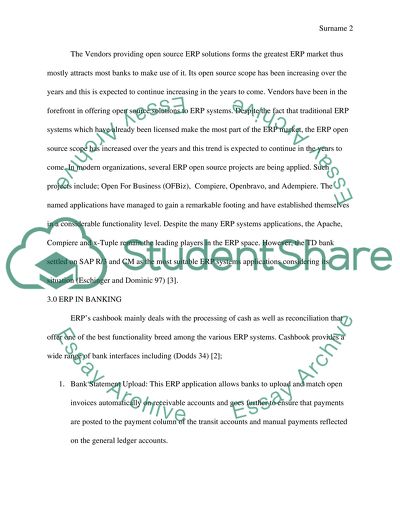Cite this document
(“ERP System Analysis-TD Bank Assignment Example | Topics and Well Written Essays - 2000 words”, n.d.)
ERP System Analysis-TD Bank Assignment Example | Topics and Well Written Essays - 2000 words. Retrieved from https://studentshare.org/marketing/1452238-erp-system-analysis-td-bank
ERP System Analysis-TD Bank Assignment Example | Topics and Well Written Essays - 2000 words. Retrieved from https://studentshare.org/marketing/1452238-erp-system-analysis-td-bank
(ERP System Analysis-TD Bank Assignment Example | Topics and Well Written Essays - 2000 Words)
ERP System Analysis-TD Bank Assignment Example | Topics and Well Written Essays - 2000 Words. https://studentshare.org/marketing/1452238-erp-system-analysis-td-bank.
ERP System Analysis-TD Bank Assignment Example | Topics and Well Written Essays - 2000 Words. https://studentshare.org/marketing/1452238-erp-system-analysis-td-bank.
“ERP System Analysis-TD Bank Assignment Example | Topics and Well Written Essays - 2000 Words”, n.d. https://studentshare.org/marketing/1452238-erp-system-analysis-td-bank.


